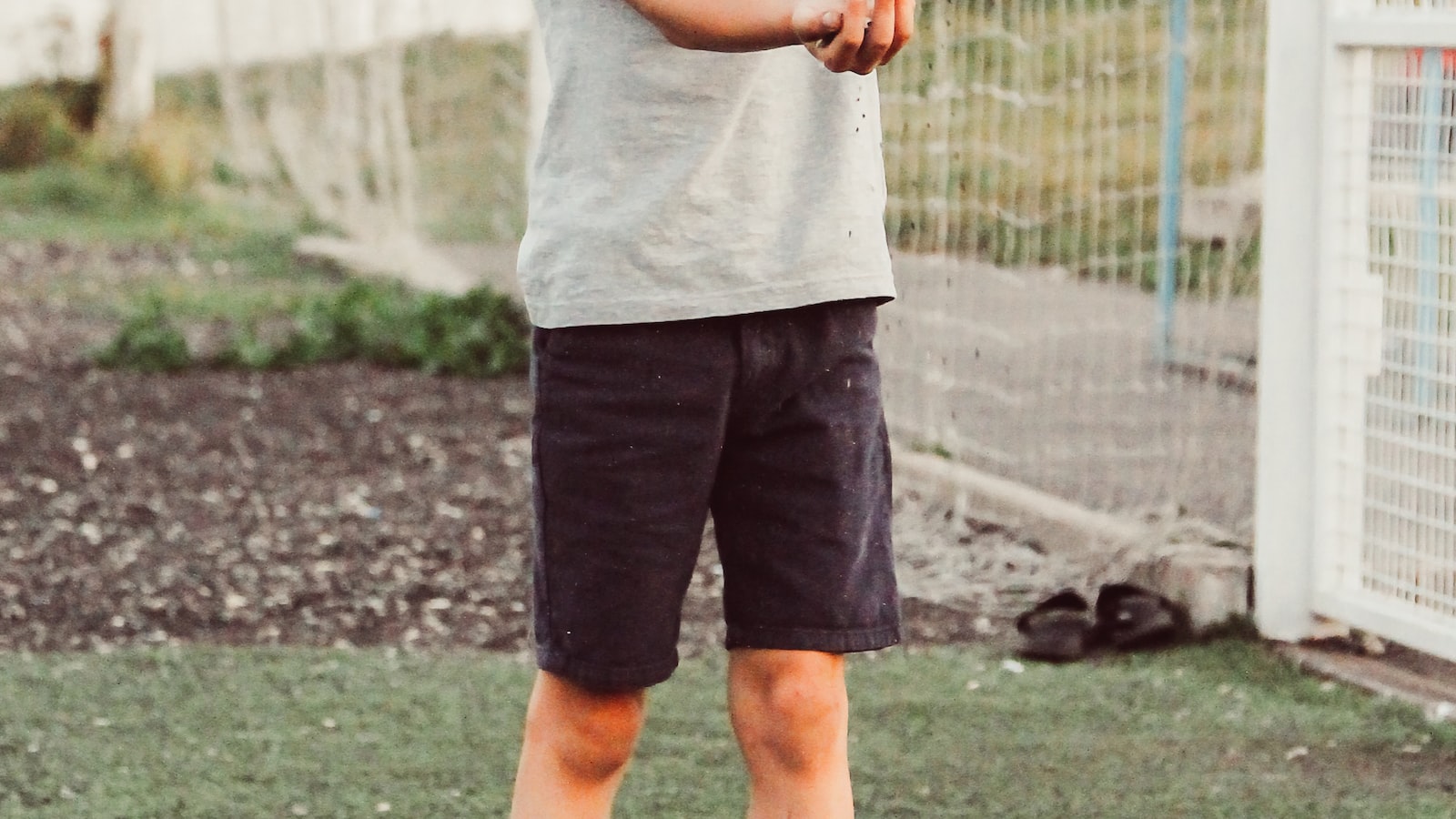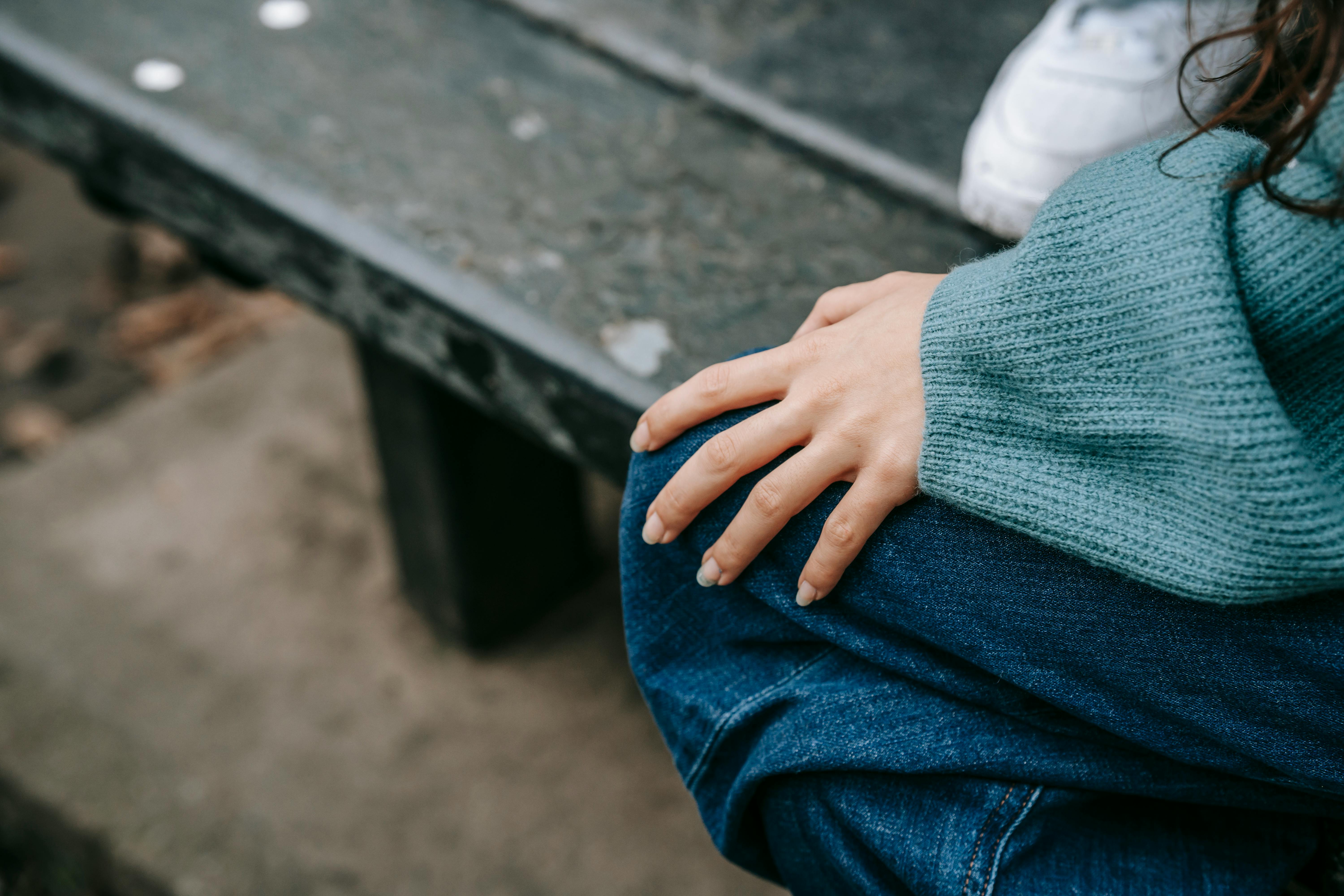How To Wear Knee Pads

Knee pads are a great way to protect your knees and provide support when engaging in activities such as sports, cycling, skateboarding, and other physical activities. Wearing knee pads can help prevent injury and reduce the risk of knee pain. When choosing the right knee pad for your activity, it is important to consider the type of activity you will be performing and what kind of protection you need. In this article, we will discuss how to wear knee pads properly for optimal safety and comfort.Knee pads are protective gear used to reduce the risk of injury to the knee from falls, scrapes, impacts and other forms of impact. There are several types of knee pads available for different activities and sports. These include:
1. Hard Shell Knee Pads: These are designed for high-impact sports and activities such as skateboarding, BMX biking, rollerblading, and motocross. They provide maximum protection with a hard outer shell and foam padding inside.
2. Soft Shell Knee Pads: These knee pads are designed for more low impact activities such as yoga, pilates, and gardening. They provide cushioning with either foam or gel padding on the inside but without the hard outer shell of the Hard Shell Knee Pads.
3. Wrap Around Knee Pads: These knee pads offer a snug fit around your knees and stay in place during activity due to their stretchy material and adjustable straps. They can be used for activities such as basketball, football, wrestling, volleyball, weightlifting and more.
4. Slim Fit Knee Pads: These lightweight knee pads have a thin profile that can be worn beneath clothing for minimal bulkiness or distraction while still providing protection during activities like cycling or running.
5. Compression Knee Sleeves: These sleeves offer light compression to help protect the knee during activity but do not provide any additional padding or cushioning like other types of knee pads do.
Choosing the Right Size Knee Pad
Finding the right size of knee pad is essential for protecting your knees and allowing you to comfortably perform a wide range of activities. Knee pads come in a variety of sizes and shapes, so it’s important to find the one that best suits your needs. Here are some tips for choosing the right size knee pad.
First, measure your knee circumference at its widest point. This will help you determine what size knee pad will fit best. If you’re purchasing a one-size-fits-all model, you’ll want to make sure it can accommodate your measurements. Otherwise, look for models that come in specific sizes and note which size corresponds with your measurements.
Next, consider the type of activity you’ll be doing while wearing the knee pad. If you’re engaging in activities requiring lots of movement such as running or sports, then a larger knee pad may be necessary to provide adequate protection without impeding movement. However, if you plan on using the knee pad for less strenuous activities such as gardening or home repairs, then a smaller size may be adequate.
Finally, consider any special features offered by the manufacturer when selecting your knee pad. Some brands offer adjustable straps that allow you to customize the fit of the knee pad to ensure maximum comfort and protection. Additionally, some models feature additional padding or support around key areas such as the sides or back of the knee to provide additional support and stability.
By following these tips for choosing the right size knee pad, you should be able to find one that fits comfortably and provides adequate protection for whatever activities you need it for. Keep in mind that although larger sizes may provide better protection they may also inhibit movement while smaller sizes may not provide enough coverage. Finding a happy medium between these two is key when selecting a knee pad that is right for you.
Preparing Your Knees Before Applying the Pads
It is important to properly prepare your knees before applying the pads. Begin by cleaning your knees with a mild soap and warm water. Rinse off any soap residue and dry with a clean towel. If you have any cuts, abrasions, or open wounds on your knees, it is important to cover them with a bandage before applying the pads.
Once your knees are clean and free of any open wounds, you can begin to apply the pads. Make sure that the pads fit snugly around your knee joints and that they are not too tight or too loose. If the pads do not fit correctly, they may cause discomfort or even hinder your movement.
When applying the pads, make sure that they are placed on evenly on both sides of each knee joint. This will help ensure that the pads provide equal protection for both knees and will help keep them in place when you move around. Secure the pads with straps or other fasteners so that they do not move around during activity.
Once the pads are in place, it is important to test them out before engaging in any physical activity. Move around slowly and make sure that there is no discomfort from the pads rubbing against your skin or causing any irritation. If you experience any discomfort, check that the straps are secure and adjust if necessary until you find a comfortable fit.
After verifying a comfortable fit for your knee pads, you can now engage in physical activities without fear of injury or discomfort caused by ill-fitting protective gear!
How to Wear Knee Pads Correctly
Knee pads are a must-have item for any sport that involves kneeling down on hard surfaces. Whether you’re playing volleyball, skateboarding, or just doing some gardening, wearing knee pads can help protect your knees from potential injury. Wearing knee pads correctly is vital for ensuring they provide the maximum protection they are designed to offer. Here is a guide on how to wear knee pads correctly:
First, make sure the knee pad fits properly. Knee pads should fit snugly around the kneecap but not too tightly. They should also provide ample support without being too bulky or uncomfortable. If the knee pad is too loose or too tight, it won’t provide adequate protection and may even be dangerous.
Second, check that the straps are securely fastened and adjusted properly. Most knee pads come with adjustable straps that wrap around the leg above and below the kneecap. Make sure these straps are tight enough to keep the knee pad in place but not so tight that they restrict circulation or cause discomfort.
Third, make sure the padding is in good condition and positioned correctly over your kneecap. If you notice any signs of wear or tear on your knee pad, replace it as soon as possible. The padding should be centered on your kneecap with no gaps between it and your skin.
Finally, if you’re playing a sport such as basketball or volleyball, make sure you wear long socks that cover your shin and calf area for extra protection from falls and impacts with other players’ knees. Additionally, it’s recommended to wear athletic shorts over your knee pads as this will prevent them from slipping down during play and can also help reduce chafing caused by friction against bare skin.
By following these simple steps you can ensure that your knee pads fit properly and provide optimal protection for your knees while participating in any activity that requires kneeling down on hard surfaces.
Choose the Right Knee Pads
Choosing the right knee pads is essential for comfort and safety. Make sure you select knee pads that are designed specifically for your activity and that fit properly. Consider the type of material used, such as foam or gel padding, as well as the size and shape of the pads. You may also want to consider adjustable straps or buckles that will help secure the pads in place.
Check for Proper Fit
Once you have chosen your knee pads, make sure they fit properly. Knee pads should fit snugly without being too tight or loose. If they are too loose, they may not provide adequate protection and could slip off during movement. If they are too tight, they may be uncomfortable and could restrict movement.
Wear Proper Clothing
When wearing knee pads, it is important to wear proper clothing to ensure a comfortable fit. Avoid wearing loose fitting clothes that could interfere with the fit of the knee pads or cause them to slide down during use. Make sure your pants are long enough so they do not ride up when you bend your knees.
Take Breaks When Needed
It is important to take regular breaks when wearing knee pads for extended periods of time. These breaks will help prevent discomfort and fatigue from wearing them for too long. It is also important to remove the knee pads between activities so that your skin can breathe.
Keep Clean and Dry
In order to maintain both comfort and safety when wearing knee pads, it is important to keep them clean and dry at all times. This means washing them regularly with mild soap and water, as well as drying them completely before storage or reuse. This will help prevent any bacteria or dirt from building up on the fabric which could cause skin irritation or infections.

How to Adjust the Straps of Your Knee Pad
Knee pads are a great way to protect your knees during physical activity, but they can be tricky to fit properly. If the straps on your knee pads are too loose or too tight, you won’t get the full benefit of wearing them. Here’s how to adjust the straps of your knee pad for a comfortable and secure fit.
First, position the knee pad in place on your knee and thigh. Make sure that it is centered and that all of the straps are fastened. Once you have secured the knee pad, begin adjusting each strap until you feel comfortable and secure. The straps should be snug but not so tight that they are causing discomfort or constricting movement.
Next, use a ruler or tape measure to measure around the circumference of your leg at both the top and bottom of your knee pad. This will help you determine how much length each strap needs in order to provide an optimal fit. You may need to adjust each strap individually in order to achieve this measurement.
Finally, once you have adjusted each strap for length and comfort, double check that all of the buckles are securely fastened and that no parts of the straps are twisted or overlapping. By taking these steps, you can ensure that your knee pad fits securely and comfortably for any physical activity!
Cleaning Your Knee Pads After Use
It is important to clean your knee pads after every use to ensure they are ready for the next use. Proper care and maintenance of your knee pads will extend their life and help you get the most out of them. Here are some tips on how to clean your knee pads after every use:
Firstly, remove any dirt or debris from the surface of your knee pads. If there is a lot of dirt, you can use a damp cloth or sponge to wipe them down. Make sure not to scrub too hard as this can damage the surface of the pads.
Secondly, if your knee pads have removable liners, take them out and give them a good wash in warm soapy water. Rinse well and hang them up to dry in a warm place before replacing them back into the knee pads.
Thirdly, check for any signs of wear and tear on the outside of your knee pads. If you find any worn areas, consider replacing them as soon as possible for safety reasons.
Finally, once you’ve given your knee pads a good clean and check-up, allow them to air dry naturally before storing. This will help keep the material from deteriorating over time due to moisture build up inside the pad’s fabric or foam padding material.
By following these steps regularly after every use, you can ensure that your knee pads remain in top condition for years to come!
When to Wear Protective Knee Pads
Knee pads are an important piece of safety equipment for many different sports and activities. They are designed to protect your knees from impact, abrasions, and scrapes, as well as help absorb shock. Many athletes choose to wear knee pads when playing basketball, football, soccer, roller skating, skateboarding, volleyball, skiing and snowboarding. Additionally, knee pads can be beneficial for construction workers and other occupations that involve kneeling or crawling on hard surfaces.
Knee pads should be worn whenever there is a risk of direct contact with a hard surface or any activity that puts stress on the knees. Certain sports such as football and basketball require specialized knee pads that offer extra support and protection against impact injuries. It is important to select the correct type of knee pad for each activity based on your body type and the level of protection needed.
When selecting a pair of knee pads it is important to consider the fit and comfort of the product. Make sure that the knee pad fits securely on your leg without slipping or sliding down while you are in motion. It should provide adequate coverage over your entire knee area without being too tight or too loose. It is also important to ensure that the material used in the construction is breathable so that your legs do not become overheated during intense physical activity.
Overall, wearing protective knee pads can help reduce the risk of injury when participating in high-impact activities or working in hazardous environments. Make sure to select a pair that fits properly and offers sufficient protection for your specific needs.

Conclusion
Knee pads can help you protect your knees from potential injuries and enhance your movement when playing sports or simply working in the garden. To wear knee pads properly, you must adjust the straps, make sure they fit snugly and won’t move around during activity. Knee pads are inexpensive and come in a variety of styles, so you can find something that fits your needs and budget. Whether you’re a professional athlete or a weekend warrior, wearing knee pads is a smart decision that will help keep you active for years to come.
When it comes to wearing knee pads, safety should be your top priority. Not only will they keep you safe from potential injuries, but they’ll also make it easier for you to stay active and enjoy activities such as sports or gardening. So make sure to take the time to buy the right type of knee pad and wear them properly. With the right care and maintenance, knee pads can be an important part of keeping your body healthy for many years to come.
